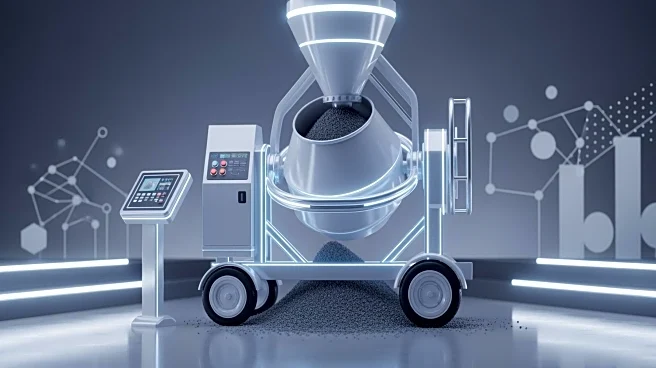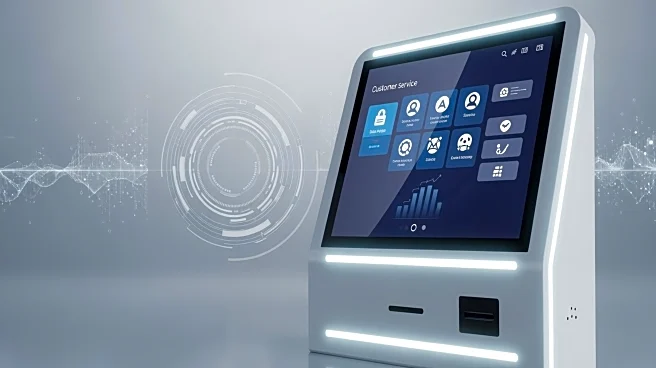What's Happening?
The self-compacting concrete market is projected to experience substantial growth from 2025 to 2032, according to a study by Coherent Market Insights. This market expansion is driven by increasing consumer
demand, technological advancements, and favorable regulatory frameworks. The report highlights the competitive landscape, key market segments, and emerging technological and regulatory trends. Major players such as BASF, Sika, and Lafarge are expected to play significant roles in this growth. The market is witnessing transformative changes across applications, geographies, and verticals, with a focus on innovation, scalability, and future readiness.
Why It's Important?
The anticipated growth in the self-compacting concrete market is significant for several industries, including construction and infrastructure. As demand surges, companies involved in manufacturing and supplying self-compacting concrete stand to benefit from increased sales and market share. This growth also suggests a shift towards more sustainable and efficient building practices, which could lead to reduced labor costs and improved construction timelines. The expansion of this market may also drive technological innovation and strategic partnerships, enhancing competitive dynamics and creating new growth avenues.
What's Next?
The self-compacting concrete market is expected to continue evolving, with companies likely to invest in research and development to enhance product offerings and meet consumer demands. Strategic partnerships and mergers may occur as companies seek to strengthen their market positions. Additionally, regulatory changes could further influence market dynamics, potentially leading to increased adoption of self-compacting concrete in various construction projects. Stakeholders will need to navigate these changes to capitalize on growth opportunities and mitigate risks.
Beyond the Headlines
The growth of the self-compacting concrete market may have broader implications for environmental sustainability. As the construction industry moves towards more efficient materials, there could be a reduction in waste and energy consumption. This shift aligns with global efforts to promote sustainable development and reduce the carbon footprint of construction activities. Furthermore, the adoption of self-compacting concrete could lead to advancements in building design and architecture, fostering innovation in the industry.











